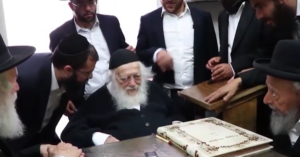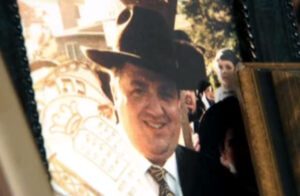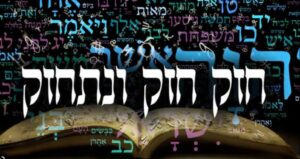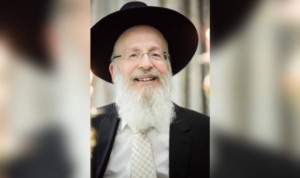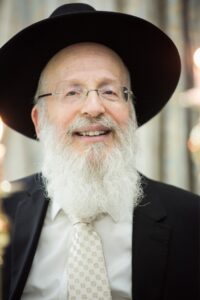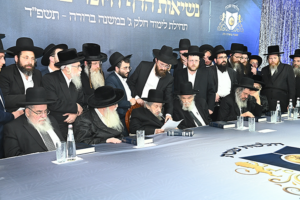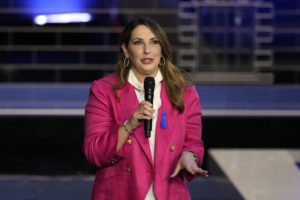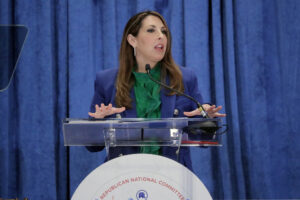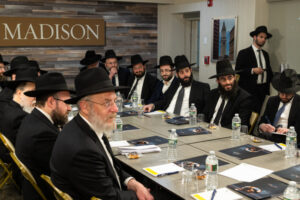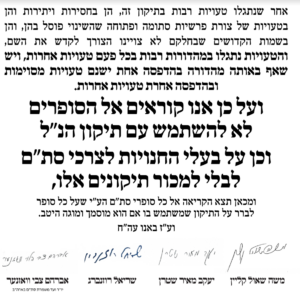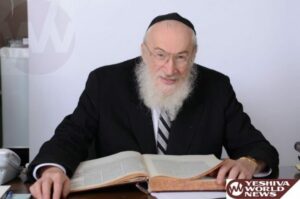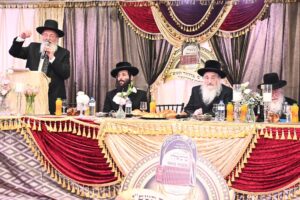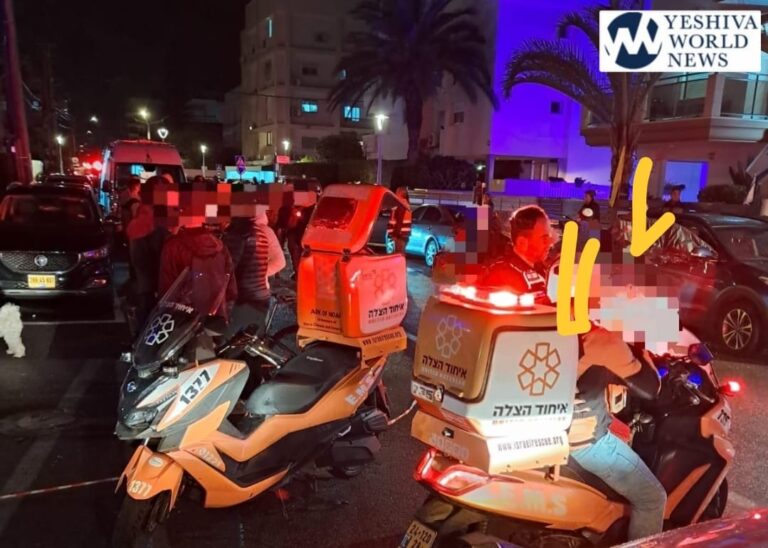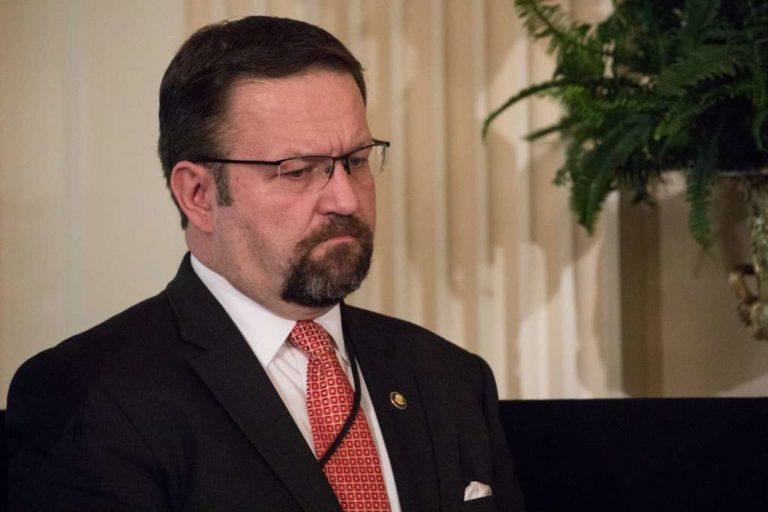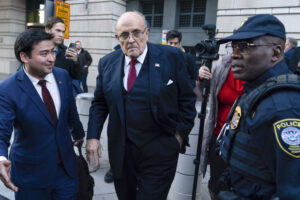
Lawyers Allowed Into Giuliani’s NYC Apartment After He Misses Deadline For Turning Over Assets
A moving company representative and lawyers were expected to be given access to Rudy Giuliani’s Manhattan apartment on Thursday after the former New York City mayor failed to turn over belongings to two former Georgia election workers who won a $148 million defamation judgment against him. The two sides hurled allegations against each other this week as the deadline for Giuliani to surrender the items passed Tuesday without any of the assets changing hands. U.S. District Judge Lewis Liman ordered Giuliani last week to give the election workers, Ruby Freeman and her daughter, Wandrea “Shaye” Moss, many of his prized possessions. Among them: his $5 million Upper East Side apartment, a 1980 Mercedes once owned by movie star Lauren Bacall, and a variety of other belongings, from his television to a shirt signed by New York Yankees legend Joe DiMaggio to 26 luxury watches. The moving company representative and lawyers for Freeman and Moss were expected to be let into Giuliani’s apartment to see what property was there and estimate the cost of moving items named in Liman’s order, according to a court document filed late Wednesday by Aaron Nathan, an attorney for the election workers. In the document, Nathan said he had talked with Giuliani’s lawyers but that they were not ready to turn over any items and could not “even answer basic questions” about the location of the assets. Giuliani’s attorney, Kenneth Caruso, had said in a court filing late Tuesday that his client was ready to hand over the assets but lawyers for Freeman and Moss had not provided instructions on how to do so. Nathan declined to comment Thursday. The Associated Press left phone and email messages on Thursday with a representative and lawyers for Giuliani. Voting in West Palm Beach, Florida, on Thursday afternoon, Giuliani did not confirm that anyone had been in his New York apartment. He said he didn’t get a chance to defend himself in the Georgia election workers case and said he believes the judgment will be reversed on appeal. “It will probably be one of the most unfair trials in American history, with the exception of the J6 people,” he said, referring to the criminal cases against Trump supporters who stormed the U.S. Capitol on Jan. 6, 2021. In fact, Giuliani was given a chance to turn over information requested by lawyers for Freeman and Moss last year, but didn’t do so. As punishment, a separate judge found Giuliani liable for defamation before any trial was held. A trial to determine damages was held later. On Thursday, Liman ordered both sides to submit a status report on any property exchanges by Monday. He said he would hold a status conference on Nov. 7 if the assets aren’t turned over. Giuliani’s legal defense fund sent out emails Thursday asking for donations as he fights “Deep State plans to utterly ruin me.” “They want my home, my belongings, even all of the nostalgic keepsakes that I’ve collected throughout my 80 years of life,” the email said. Giuliani’s lawyers had argued that Freeman and Moss should not be allowed to obtain and sell his belongings while his appeal of the $148 million judgment is pending. But Liman ruled against him last week and set the Tuesday deadline. Giuliani’s appeal is currently before a




